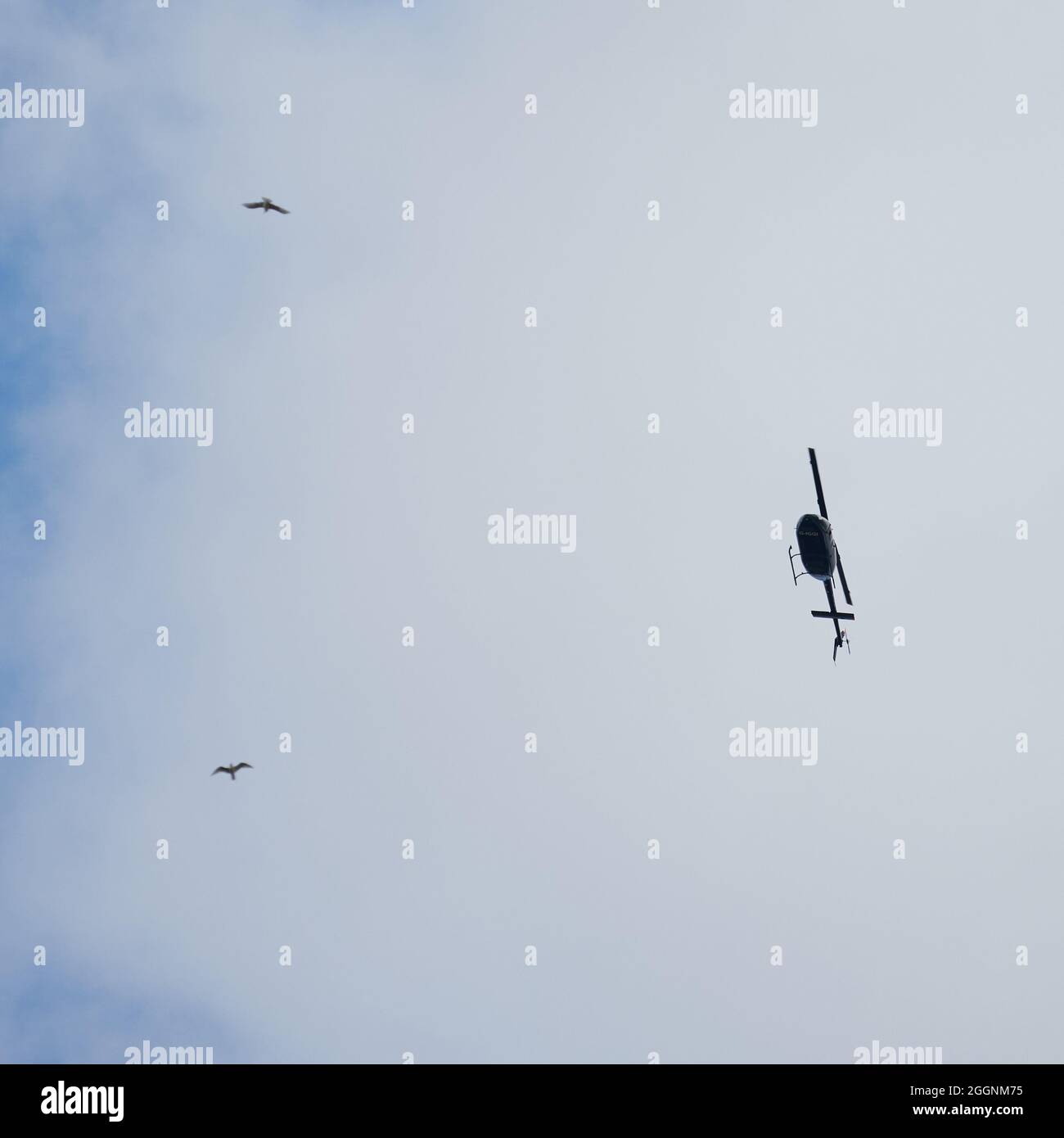

The Chinook's ability to carry large, underslung loads has been of significant value during natural disaster and humanitarian relief missions.The Chinook has several means of loading cargo including multiple doors across the fuselage, a wide loading ramp located at the rear of the fuselage and three external hooks to carry underslung loads.The CH-47 is considered the “workhorse” of the U.S.Secondary missions include medical evacuation, search and rescue, parachute drops, disaster relief and aircraft recovery.Army’s only heavy-lift cargo helicopter supporting combat and other missions. The first fully-equipped Army Chinook, designated the CH-47A, entered service in August 1962 with a gross weight of 33,000 pounds.The CH-47 was one of the first two helicopters powered by a turbine engine.Designed to carry about 36 passengers, one Chinook is reported to have carried 147 refugees in a single lift in the waning days of the Vietnam War.
TWO BLADED HELIO COPTER SERIES

TWO BLADED HELIO COPTER SOFTWARE
Software & Database Services (ASDS, NavDB, TerrDB).Honeywell Forge Subscriptions & Billing.Sales & Service Partners Resource Center.Industrial Coatings, Platings and Insulators.

Both configurations typically require the same power to achieve high-speed flight. Tandem-rotor helicopters typically require less power to hover and achieve low-speed flight as compared to single-rotor helicopters. Tandem-rotor helicopters tend to have a lower disk loading than single-rotor helicopters. This loss can be minimized by increasing the distance between the two rotor hubs, and by elevating one hub over the other. However, the rear rotor works in the aerodynamic shadow of the front rotor, which reduces its efficiency. Tandem-rotor helicopters have the advantage of being able to hold more weight with shorter blades, since there are two sets. To achieve pitch, opposite collective is applied to each rotor decreasing the lift produced at one end, while increasing lift at the opposite end, effectively tilting the helicopter forward or back. Tandem-rotor designs achieve yaw by applying opposite left and right cyclic to each rotor, effectively pulling both ends of the helicopter in opposite directions. The two rotors are linked by a transmission that ensures the rotors are synchronized and do not hit each other, even during an engine failure. Disadvantages of the tandem rotor system are a complex transmission and the need for two large rotors. The first successful tandem-rotor helicopter was built by Nicolas Florine in 1927.Īdvantages of the tandem rotor system are a larger center of gravity range and good longitudinal stability. An alternative is to mount two rotors in a coaxial configuration. Therefore, all of the power from the engines can be used for lift, whereas a single-rotor helicopter uses some of the engine power to counter the torque. Tandem-rotor helicopters, however, use counter-rotating rotors, with each cancelling out the other's torque. This is commonly accomplished by a tail rotor, coaxial rotors, and the NOTAR systems. Single-rotor helicopters need a mechanism to neutralize the yawing movement produced by the single large rotor. Helicopter with two horizontal rotor assemblies Boeing Vertol CH-46 Sea Knight AnimationĪ tandem-rotor aircraft is an aircraft with two large helicopter rotor assemblies mounted one in front of the other in the horizontal plane.Ĭurrently this configuration is mainly used for large cargo helicopters.


 0 kommentar(er)
0 kommentar(er)
